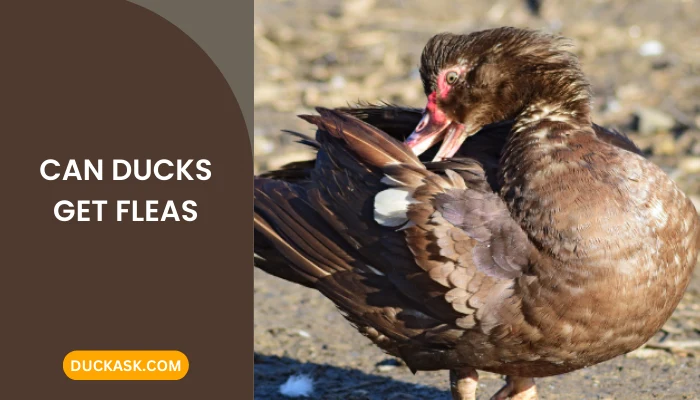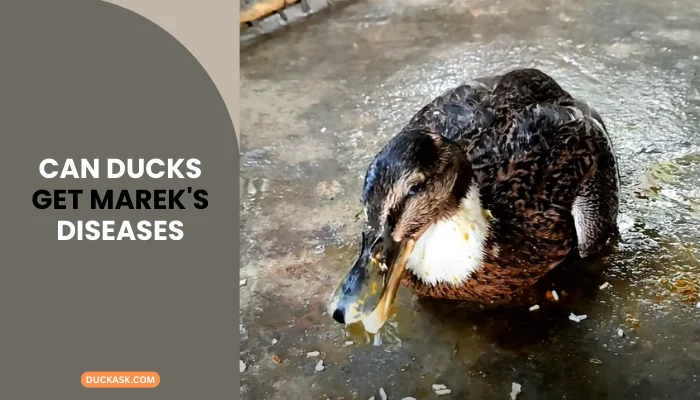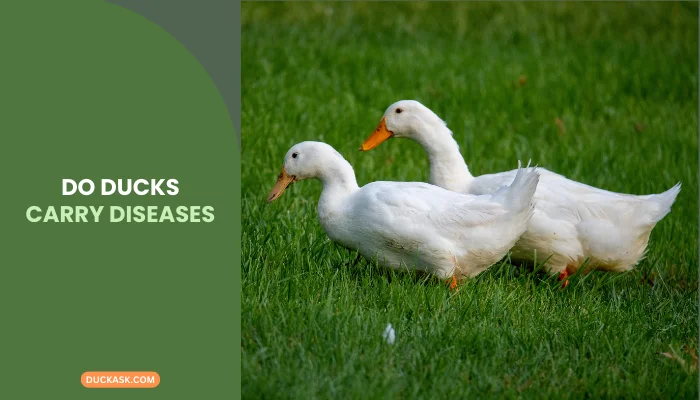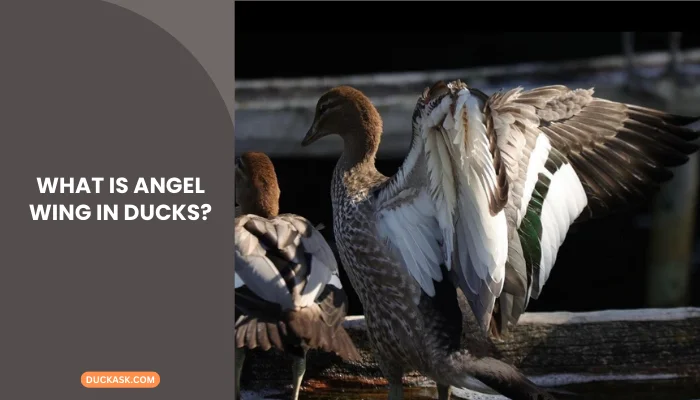When Do Ducks Molt?
Molting is something ducks must perform to maintain the best health. This means they must shed off their feathers and replace them with new ones.
Now, when do ducks molt? It happens twice a year, once in late winter/ early spring and once in late-summer. That makes them easier to anticipate.
This article explains this in detail and what you need to do during this process to ensure the birds are comfortable.
When Do Ducks Typically Molt?
Now the question is, when do ducks typically begin their molting process?
The first time occurs between late winter and early spring, while the other pops up late-summer. Like other animals shedding fur, this process focuses on adapting to various seasons.
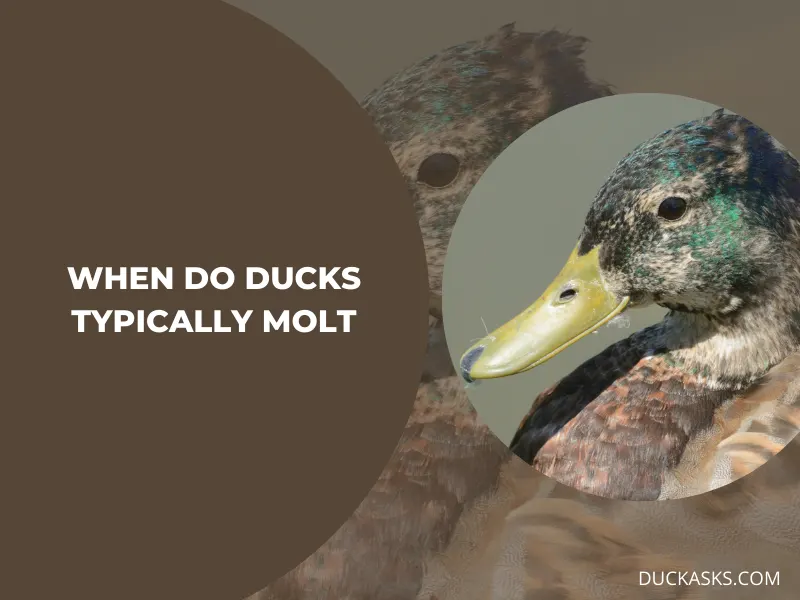
You can differentiate between the molting process during these times according to the intensity.
Fewer feathers are shed from the duck’s skin during winter/spring. On the other hand, the duck coop tends to fill up dramatically with feathers during the summer.
What’s the Role of Gender in Molting?
Another exciting reason behind ducks molting is due to their gender. The springtime molt occurs among the ducks. They replace the colorless feathers of winter with more vibrant ones. It’s a part of their mating ritual with which they entice females.
How Old Are Ducks When They Molt?
Ducks typically begin to molt when they hit a mature age. For these birds, it typically means within the span of fifteen to sixteen weeks.
A key indicator of this process is them completely removing their feathers. This process is known as juvenile plumage molt.
Juvenile plumage molt causes ducks to lose their down feathers. Once this process is complete, they start to grow a whole feather plumage, considered their adult feathers. After that, molting becomes a bi-annual process for them.
How Many Times a Year Does a Duck Molt?
Are there specific times of the year when ducks are more likely to molt? Yes, there are clearly defined time periods when they molt. In fact, they molt only twice in a year.
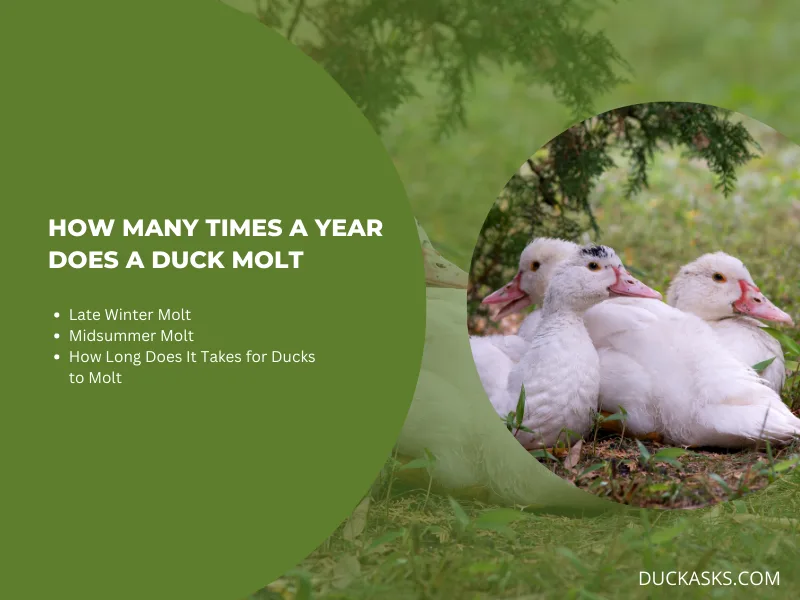
1. Late Winter Molt
Male ducks start to molt during the final days of winter or the early days of spring. An obvious sign of this process is stray feathers flying around the coop. Another indicator is the dissipation of snow in your area.
Springtime is the mating period for ducks. Male ones require the brightest plumage to attract females, and they acquire them through this process.
Therefore, it’s also known as the nuptial molt. Fights between the birds are also a common scenario then.
2. Midsummer Molt
Ducks began to molt collectively, irrespective of their gender during the summer. Drakes replace their colorful feathers with grey plumage that resembles a hen. It serves as a safety measure against predators during winter.
Summertime molt causes ducks to completely lose their downy coat and most of their flight feathers. The only thing that remains is the waterproof ones that help them swim on water. Unlike most feathers, they are replaced only once a year.
How Long Does It Takes for Ducks to Molt?
Bird breeders often have a difficult time when trying to ensure a hygienic and safe environment while birds molt. Most of them take an incredibly long time to complete this process which can last months.
However, the same can’t be said for ducks. Typically, ducks finish molting within a span of 2-3 weeks. Therefore, waste management is easier and it requires less vigilance from the owner to constantly keep the coop clean.
What Do You Feed Molting Ducks?
Ducks require special care when they molt. They need a special diet to ensure that their feathers grow properly, there are no risks to their health, and they have even plumage.
It’s a sensitive task that you must conduct regularly.
The vulnerability of a duck increases drastically while they molt. Therefore, you must improve their protein intake to ensure their bones and muscles retain their strength. Consider adding feed with high protein into their daily diet.

On the other hand, if you raise chickens and ducks together and feed them collectively, add more mealworms to the feed. You can also provide a free range to them during molting, which will allow them to eat bugs which are a good protein source.
Another thing to remember when fixing the duck’s diet while they molt is to ensure enough water. Feathers tend to fly everywhere into the coop during this process.
Therefore, change their water bucket regularly to ensure they always have access to clean water.
Do Ducks Stop Eating When Molting?
It’s highly unlikely for a duck to stop eating when they molt. In fact, they tend to eat more during this process. Wild ducks eat as many as a thousand bugs to maintain their energy during this period.
If you notice your ducks are not eating properly, then it’s best to have a vet check them out. There can be the possibility of them having health issues which can lead to various complications while molting.
Complications During Molting
Ducks are very sensitive when they molt due to the loss of feathers. Their chances of bleeding also increase during this time as their blood feathers also go through the regrowth process.
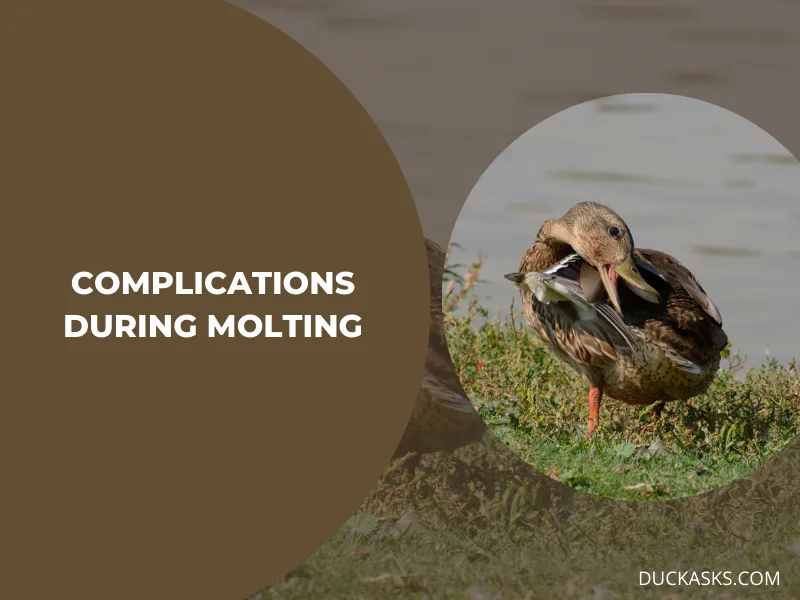
Blood feathers contain veins and arteries that cause bleeding if they are cut or fall off forcefully.
Therefore, it’s crucial to ensure that the ducks are in a safe shelter with no hazardous objects inside. If the feathers fall naturally, then blood won’t come out.
Conclusion
Knowing the proper time for a duck’s molting process to commence is necessary for any duck breeder. It will help you know if the losing feathers are part of a natural process or if the coop is in danger of predatory attacks.
Moreover, it will also let you prepare beforehand. Ensure that your ducks are eating regularly and are warm in their coops. Furthermore, keep their nesting area always clean. You will start to notice beautiful plumage in their bodies within a few weeks!
References:
- https://www.ducks.org/conservation/waterfowl-research-science/mallard-life-cycle
- https://www.rspb.org.uk/birds-and-wildlife/wildlife-guides/birdwatching/how-to-identify-birds/what-is-eclipse-plumage/
- https://www.salemreporter.com/2022/08/09/column-for-birds-late-summer-means-maturing-migration-molting/
Image Credits:
- Canva.com/photos
- Shutterstock.com/photos

